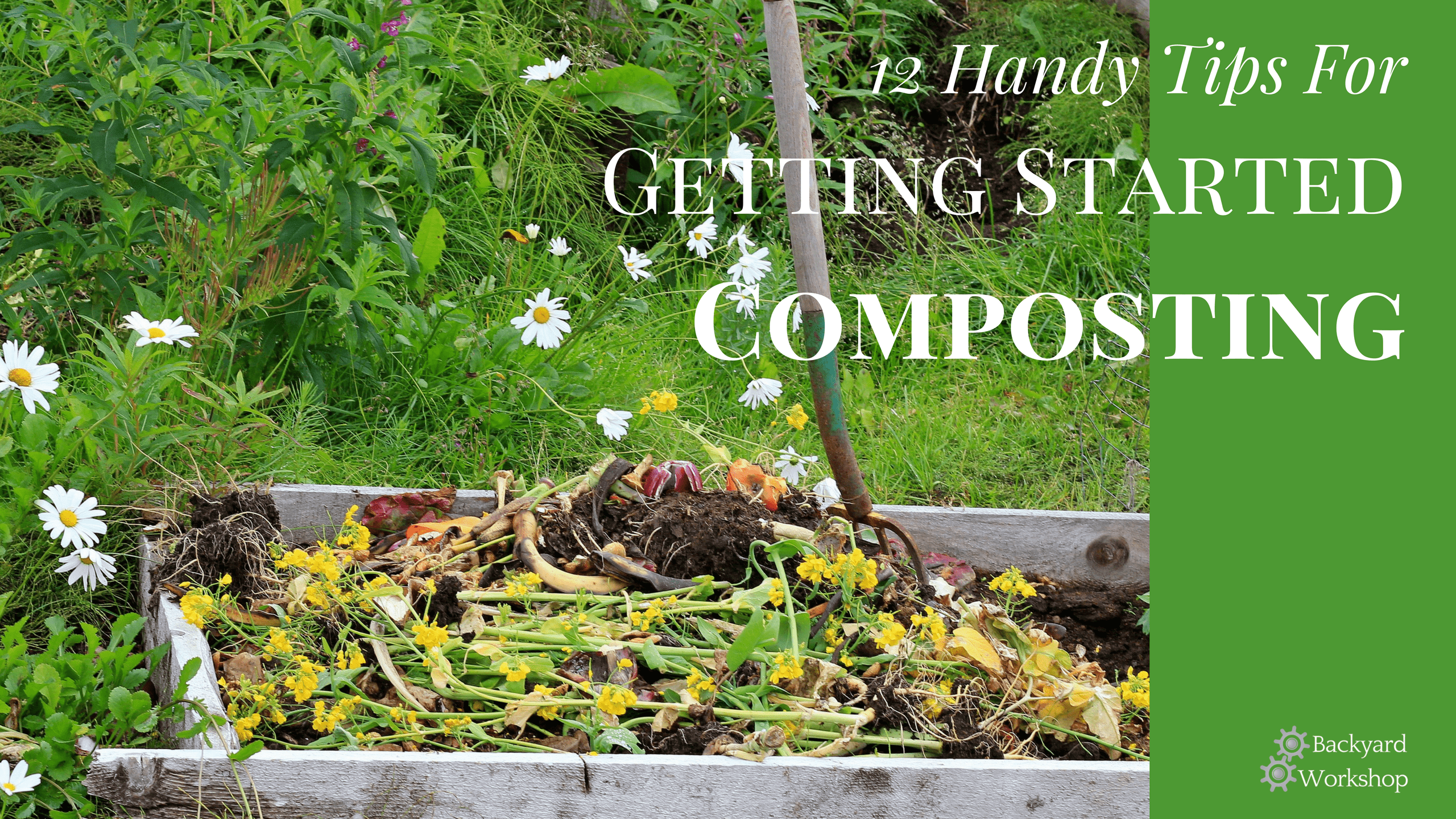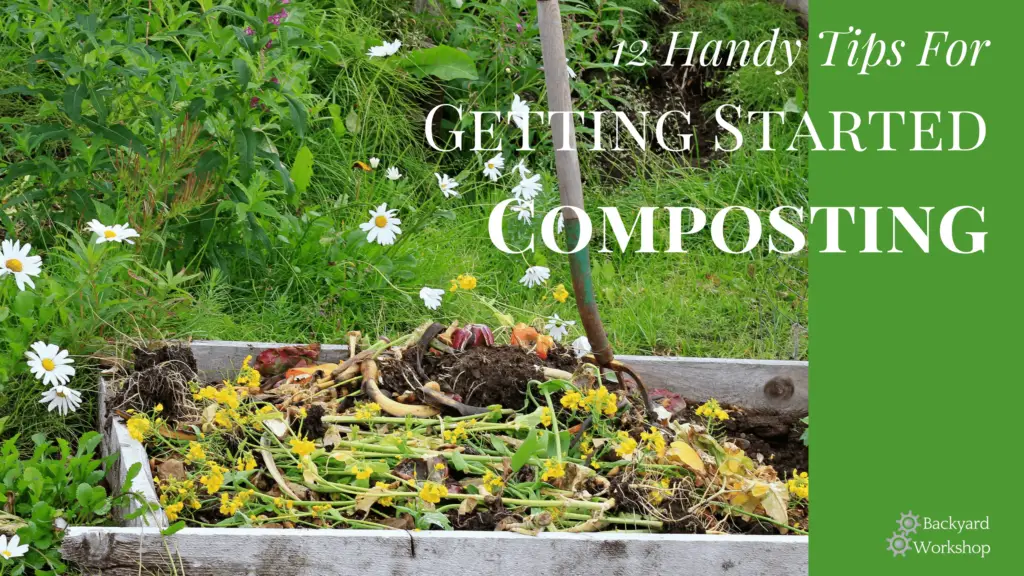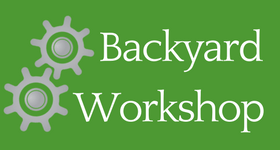12 Handy Tips For Getting Started In Composting


Compost is a fantastic natural soil amendment that improves the quality of any garden soil and supports plant growth. But that’s not the only advantage of this fabulous resource. It is really easy to make and it is free. For frugal gardeners – do you know any gardeners that aren’t – that should be reason enough to have a compost pile somewhere in your yard. It is also worth noting that whatever stays in the garden doesn’t need to find space in a ever-growing a landfill.
Tips For Getting Started In Composting
- Begin by designating a spot for composting that’s out of direct sight but too not too long of a hike from your kitchen. If you have to walk too far, especially in the cold of winter, you won’t use it. Make sure whatever area you choose, it measures at least 3 feet by 3 feet in area.
- Ideally, keep at least two compost piles. One should be finished and ready for use while the other will be for adding new material. The larger your gardens, the more piles you should have in the rotation.
- Base your compost pile on a wooden pallet to improve ventilation and speed decomposition. They are often available for free from nurseries building supply stores and hardware super centers looking to get rid of them.
- Think of the money you save when you use your composter. Specifically think of a new $20 bill (which is mostly cream, but the foil to beat counterfeiters is now tinged with light brown). Green and brown are the colors of compost basics: the green stuff is usually high in nitrogen. It includes grass clippings, kitchen waste, spent plants, even seaweed. The brown stuff is dry and rich in carbon. It includes fallen leaves ( preferably shredded), straw, hey, wood shavings, and corn caps. The key is to make sure there is both green and brown in your mix.
- Keep a small bucket or pail in the kitchen for scraps destined for the compost pile, including vegetable and fruit waste, used tea bags and coffee grounds. Do not include meat, fish, fast, pasta, or baked goods. You can use human hair because it is high in nitrogen but otherwise keep to the vegetable matter only rule.
- Keep the pile moist at all times. It should not be soggy but nicely damp and spongy. Water as needed a dry pile is not a happy pile. Level the top of the pile, indent toward the center to allow water to penetrate it efficiently.
- Add new material to the compost pile. Use a garden fork to aerate the pile every few weeks. Air is vital for the microbes that are breaking down the organic materials. If the pile starts to smell bad, it has become anaerobic and needs to be turned immediately. A healthy pile does not stink to high heaven. Since the warmer weather decomposition is faster than during the winter months, aerate more often in the summer.
- To accelerate decomposition, add some finished compost to the fresh pile. The critters and the bacteria already living in the finished compost will help break down the raw materials.
- When your compost pile is done use it instead of commercial fertilizer. Compost releases its nutrients slowly over a long time., and unlike commercial fertilizers, finished compost will never burn living pants. Compost helps dense clay soil drain more easily when it is mixed in. On the flip side, it improves loose sandy soils by slowing drainage.
- If you want a tiny compost area or need to keep animals out, you can build a compost bin. You can make a bin from snow fencing, wooden skids, wire fencing, cement blocks, straw bales, or wooden boards. If you don’t have time for making one out of those materials, simply use an ordinary garbage can with holes punched in the walls and the lid for ventilation. Make sure the holes are big enough for good airflow since we don’t want the process to go anaerobic.
- You can also buy a ready-made composter. There are plenty models available on the market. Especially useful in small gardens are compact models with a footprint of 1 square yard. Load the raw materials at the top every tree finished compost through an opening in the front.
- Fancy drum and tumbler models may look cool, but don’t produce any better compost than cheaper methods. If the look appeals to you, go ahead and get one – but don’t buy them for performance reasons.
The easiest way to compost
Instead of using a composter or starting a pile, you can spread the organic materials and different places of your yard as a mulch, or spread the material to be composted and cover it with a layer of soil. Called sheet composting, this works especially well if you spread the materials in the fall, giving them time to convert to humus through the winter. It’s a good way to get rid of all the fallen leaves. If you’ve been using an organic mulch in any part of your garden you’ve already been sheet composting.

